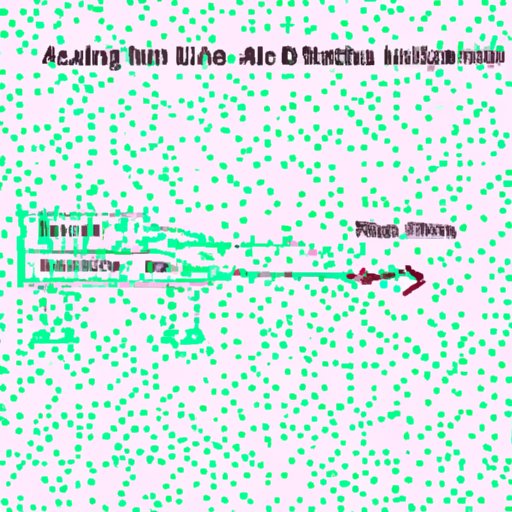
Exploring the Basics of Heuristics in Artificial Intelligence
Heuristics is a powerful tool used by artificial intelligence (AI) systems to make decisions quickly and efficiently. It is based on the idea that the best solution to a problem can be found through experience and trial and error. By using heuristics, AI systems are able to evaluate potential solutions, identify relevant factors, and make decisions with minimal human intervention.

How Heuristics Help AI Make Decisions
Heuristics allow AI systems to make decisions quickly and efficiently. By evaluating potential solutions to a problem, the AI system can identify which one will be the most successful. For example, if a robot needs to find the shortest path from point A to point B, it can use heuristics to determine which route is the most efficient.
In addition, heuristics can help AI systems narrow down the range of potential solutions. By analyzing the data available to them, AI systems can identify the most relevant factors and reduce the number of potential solutions. This allows them to make decisions more quickly and accurately.
What Are the Benefits of Using Heuristics in AI?
There are several benefits to using heuristics in AI systems. The first is increased accuracy. By evaluating potential solutions and narrowing down the range of possibilities, AI systems are better able to identify the best solution for a given problem. This reduces the chances of making an incorrect decision.
Another benefit of using heuristics in AI systems is improved efficiency. By focusing on the most relevant factors, AI systems are able to make decisions quickly and with minimal human intervention. This allows them to focus their resources on solving complex problems rather than spending time on mundane tasks.
Finally, using heuristics in AI systems reduces the need for human intervention. By making decisions autonomously, AI systems can free up valuable time and resources that would otherwise be spent on manual decision-making processes. This allows humans to focus their attention on other tasks.
Applying Heuristics to Real-World Problems
Heuristics can be applied to a wide range of real-world problems. In healthcare, for example, heuristics can be used to identify the best treatment option for a given patient. By analyzing the patient’s medical history and current condition, AI systems can determine which treatment is likely to be the most effective.
In finance, heuristics can be used to identify the optimal investment strategy for a given investor. By analyzing the investor’s risk appetite, financial goals, and portfolio composition, AI systems can suggest the best course of action.
Heuristics can also be used in logistics and transportation. By analyzing traffic patterns, weather conditions, and delivery times, AI systems can identify the most efficient route for a delivery truck or other vehicle.

Types of Heuristics Used in AI Systems
There are several types of heuristics that can be used in AI systems. Greedy algorithms, for example, are used to find the best solution to a problem by selecting the most immediate solution without considering long-term consequences. Local search algorithms, on the other hand, explore a small set of possible solutions before selecting the best one.
Simulated annealing is another type of heuristic that is used to find the optimal solution to a problem. It involves gradually changing a solution until the best one is found. This algorithm is especially useful when there are many potential solutions to a problem.
Challenges of Using Heuristics in AI
Although heuristics can be a powerful tool for AI systems, there are some challenges associated with their use. One challenge is limited accuracy. Heuristics are often unable to identify the optimal solution to a problem, so AI systems may make incorrect decisions if they rely solely on heuristics.
Time constraints can also be an issue when using heuristics. If the AI system does not have enough time to evaluate all potential solutions, it may not be able to identify the best one. Finally, finding the optimal solution to a problem can be difficult, even with heuristics.
The Future of Heuristics in Artificial Intelligence
Despite the challenges associated with using heuristics in AI systems, their use is likely to increase in the future. As AI technology continues to improve, heuristics will become more accurate and efficient. This will enable AI systems to make better decisions with less human intervention.
In addition, the range of applications for heuristics in AI is likely to expand. Heuristics can be used to solve a wide variety of problems, from healthcare to finance to logistics. As AI technology advances, these applications will become more sophisticated and capable of providing even greater accuracy and efficiency.
Heuristics is an important tool for AI systems, and its use is likely to continue to grow in the coming years. With its ability to make decisions quickly and efficiently, heuristics can help AI systems solve complex problems with minimal human intervention.
(Note: Is this article not meeting your expectations? Do you have knowledge or insights to share? Unlock new opportunities and expand your reach by joining our authors team. Click Registration to join us and share your expertise with our readers.)
